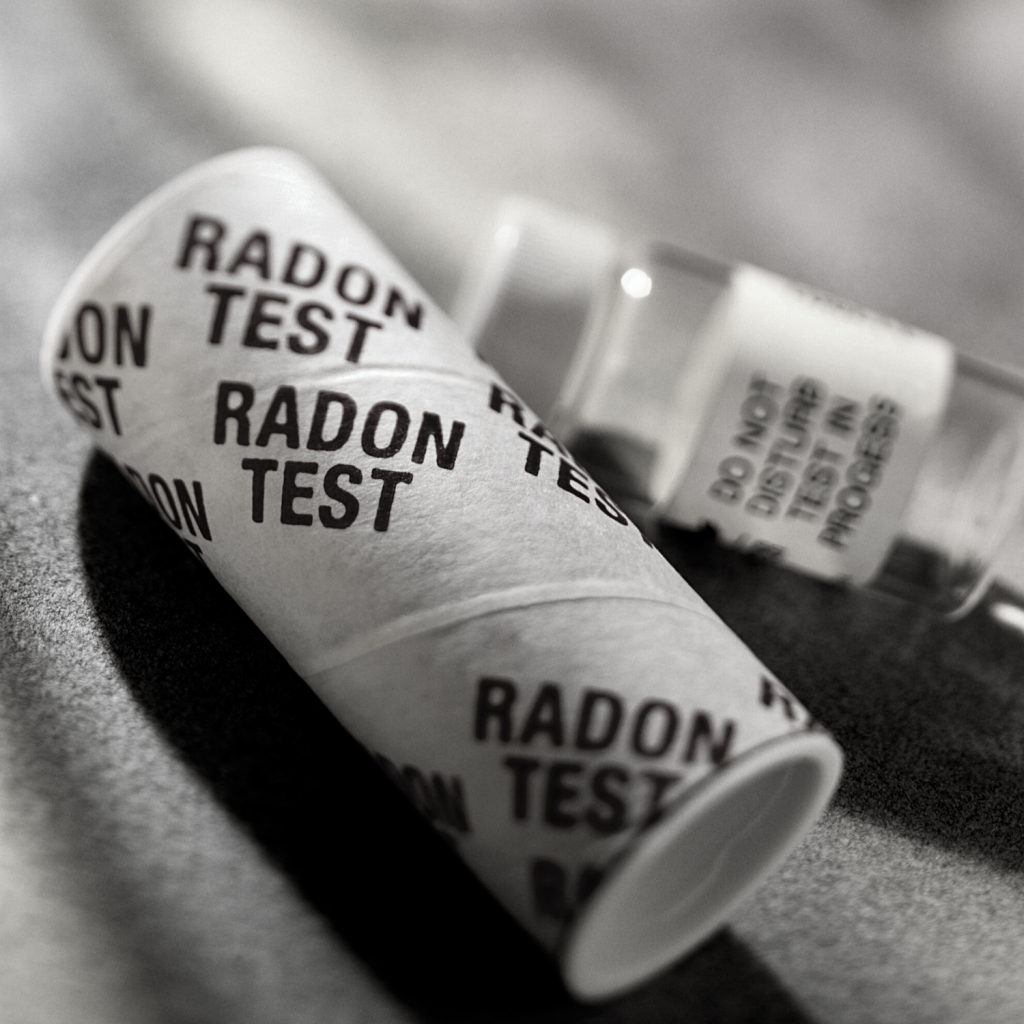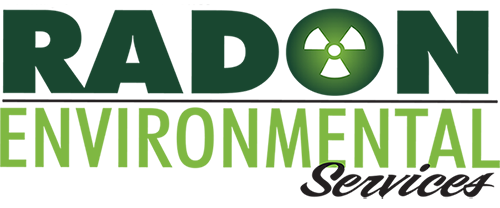
Why we test for radon
The Stanley Watras Story
Perhaps you’re wondering why we started testing homes for radon! Well, there is a very interesting story behind that question and it’s what got me interested in the field of radon gas testing way back in 1985 when I worked as a salesman for a hot air solar and energy conservation company called “Energy Masters” in Lexington, KY.
At the time, we were installing heavily subsidized (through Federal and State tax credits) hot air solar systems combined with air infiltration sealing to lower energy bills by up to 60%. We quickly became aware of the resulting indoor air quality in “tight” homes and especially if radon gas was present in the soil. That’s where the story of Stanley Watras, a construction engineer at the Limerick Nuclear Power Plant in Pottstown, PA comes into play! The year was 1984.
A monitor was installed at the site to ensure that workers were not being exposed to any dangerous levels of radiation. Normally, workers would pass through the monitor at the end of each day, however, one day Stanley passed through the monitor on his way into the job site and set off the monitor indicating he had come into contact with radiation somewhere other than the nuclear plant.
Eventually, they discovered that Mr. Watras was not picking up the radiation at work, but rather was bringing it to work from home! A team of specialists was sent to the Watras’ home to investigate. There, they measured radiation levels about 700 times higher than the maximum level considered safe for human exposure (the home tested at 2,700 pCi/L and a safe level is at or below 4 pCi/L). The source of this enormous amount of radiation turned out to be radon, a naturally occurring gas that made its way into the Watras home from underground. The entire family was living in an environment roughly equivalent to smoking a couple of hundred packs of cigarettes per day. They moved out of the house immediately, while the problem was being fixed.
After Mr. Watras and his family evacuated their house, the United States Environmental Protection Agency (EPA) and Pennsylvania officials turned it into a laboratory for long-term measurement of radon and radon decay products and evaluation of radon mitigation techniques. After many months, they reduced the radon concentration to an acceptable level, and the family was able to return. After installing a radon-reduction system, radon levels in the home tested below 4 pCi/L.
Although this occurred 1984, residential indoor radon exposure as a health hazard still flies below the radar of most home owners real estate professionals. Radon is a Class A carcinogen, which means it is known to cause cancer in humans. Most people do not know that radon is the second leading cause of lung cancer in the United States, resulting in approximately 21,000 lung cancer deaths each year. Only smoking causes more lung cancers.
U.S. SURGEON GENERAL & EPA
RECOMMENDATIONS TO KEEP YOU SAFE
The U.S. Surgeon General and the EPA recommend that all homes in the United States be tested for radon. In fact, in May 1993, the National Association of Realtors (NAR) joined the EPA in urging all Americans to test their homes for radon. Ohio, as it turns out, has the highest incidence rate of radon exposure in homes of any of the 50 states which has led to a professional industry requiring strict standards for testing and mitigation and licensing of all radon professionals.
Radon Environmental Services of Toledo, Inc. was established in 1988 and is one of the oldest radon testing and mitigation companies in the US!


